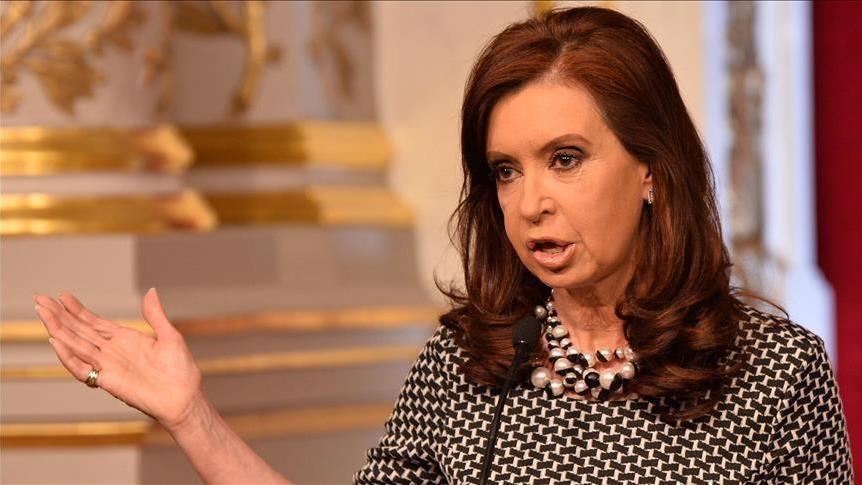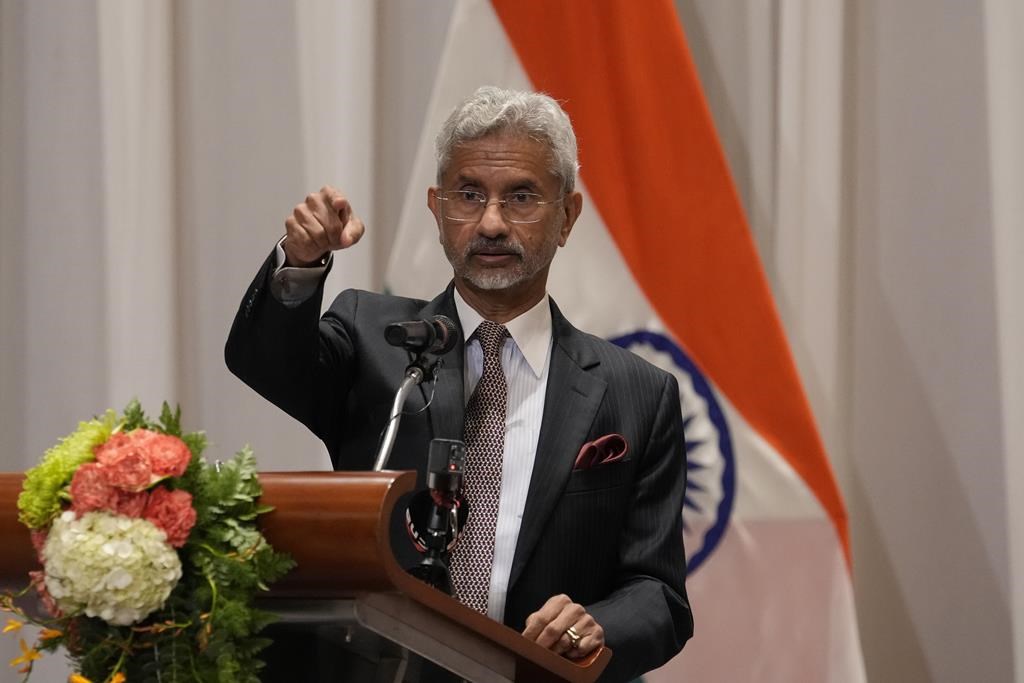
Ukraine’s Defense Industry And The Prospect Of A Long War – Analysis
By Published by the Foreign Policy Research Institute
By Thomas Laffitte*
(FPRI) — After more than six months of war, Russia and Ukraine are now preparing for a long period of hostilities, forcing each side to find long-term solutions for their military supplies. Without Western military and financial assistance, Ukraine would be unable to sustain its military or continue fighting. Although the West has pledged to provide Ukraine with equipment for as long as it takes to win the war, Kyiv wants to procure as much equipment as possible to avoid any policy changes or delays in delivery.
What contributions could Kyiv expect from its homegrown defense industry? Ukraine inherited numerous defense enterprises from the Soviet era, so can these produce some of the wartime equipment Ukraine needs?
The fact that the Ukrainian Armed Forces destroyed the Russian flagship Moskva at the beginning of April using a missile designed and produced by the Ukrainian industry hints at an untapped potential. More recently, the announcement that Baykar, the Turkish manufacturer of the Bayraktar TB2 drones, intends to open a factory in Ukraine also propelled optimism about Ukraine’s military-industrial capacities.
The Ukrainian defense industry already fulfills an essential function with its ability to repair military equipment. Although only a marginal contributor to the country’s military supplies, Ukraine’s defense industry could prove significant if it manages to scale up. To do this, it will have to overcome many obstacles. No Ukrainian territory is spared from Russian strikes, and it is very difficult in these conditions to set up such strategic production lines. Above all, after years of underfunding and production problems, the Ukrainian military-industrial complex entered this war in a very poor condition.
The Slow Decline of the Ukrainian Defense Industry
A common mistake is to forget that Russia is not the sole heir to the Soviet Union. At the fall of the Soviet Union, Ukraine concentrated approximately 15 percent of both research, development, test and establishment, and factories of the former Soviet military production. This amounted to 700 dedicated plants and a workforce of approximately 500,000 people, making the defense industry one of the largest employers in the country.
Some of these enterprises were among the most strategic for the Soviet military. This was especially true for the navy, with the shipyards of Mykolaiv located on the Black Sea. These were the only ones able to accommodate an aircraft carrier, a severe loss for Moscow, which subsequently had to maintain its unique aircraft carrier in its northern ports, which freeze in winter.
Ukraine also inherited many assets in the aerospace industry. Pivdenne, based in Dnipro, was the heart of the Soviet intercontinental missile production; Motor Sich, based in Zaporizhzhia, equipped Soviet aircraft with its engines and gas turbines; and the most famous example certainly remains Antonov, the company behind the largest aircraft of all time, the Mriia A-225, which was destroyed in the first days of the war. In addition, the Malyushev factory in Kharkiv is the largest armor production center in the former Soviet Union and has been since World War II.
But as significant as it was in 1991, Ukraine’s defense sector faced massive economic headwinds following independence. Unlike Moscow’s ambition to remain a great power, Ukraine quickly chose neutrality. Perceiving no immediate security threat, the Ukrainian Armed Forces did not have a pressing need to acquire equipment, nor was it given the budget to do so. As a result, it purchased little from local producers, who had to rely on exports to stay alive. On top of that, lack of funding pushed away the country’s educated engineers, who were attracted by other, better-paid industries.
The Wake-Up Call of 2014
The annexation of Crimea in 2014 and the outbreak of the conflict in the Donbas was a wake-up call, forcing the Ukrainian army to re-equip itself, and in the process, place orders with local companies. Exports drastically decreased, to the benefit of the Ukrainian Armed Forces, who for example acquired a batch of T-64 and BTR-3 tanks originally ordered by Angola and Thailand.
But this sudden wave of orders came up against an industry that has lost its historical partners based in Russia, with whom the Ukrainian industry had until 2014 maintained vital links. The total disruption of trade has caused serial problems for these producers, who have suddenly had to find new suppliers. Often, they did not find any. Antonov, for example, has not produced a single plane since 2016.
In addition to the overall failure of the Ukrainian industry, there is the current damage caused by the invasion of Russia since February. Not surprisingly, Ukrainian production sites are targets for Russian strikes. Already by May, key facilities in Kyiv and Mykolaiv, as well as the giant Malyshev tank factory in Kharkiv, were destroyed or badly damaged. More recently, the Motor Sich factory in Zaporizhzhia was hit.
Limited Expectations
What can be expected from the Ukrainian defense industry going forward? The sinking of the Russian flagship in the Black Sea, the Moskva, using surface-to-sea missile developed by the Luch Design Bureau in Kyiv, named “Neptune,” an update of a former Soviet technology that now equips the Ukrainian military, was a turning point in the war and a boost for the country’s defense sector. Luch, one of the few relatively successful Ukrainian producers, also builds the air-to-ground Stuhna missile, regularly used during the war. Nevertheless, procurement of high-tech weaponry remains overall very limited. In 2021, the general director of Luch, Oleh Korostelev, declared that his company was only able to provide “600 or 800” Neptune missiles to the Ukrainian Armed Forces, which requested at least 2,000.
However, high-tech weaponry is not the only field where the defense industry matters. Steven Zaloga, defense specialist and consultant at TEAL Group, explains that “the Ukrainian army [is] well provided with modern uniforms, small arms, and soldiers’ gear and a lot of this seems to be indigenous.” He also notes that “in the armored vehicle field, there seems to be a fair number of BTR-3/BTR-4 in use.” It is hard to know in more detail the contribution of the homegrown industry, he notes, as “Ukrainians are tight-lipped about their production capacity at the moment,” for fear of seeing them suffer air strikes.
This fear also casts doubt on the announcement of a future opening of a factory to build Bayraktar drones in Ukraine. Ukrainian President Volodymyr Zelensky confirmed the arrival of the Turkish company and its joint production with Ukrainian manufacturers. The land has reportedly already been purchased, but its location remains unknown. On the other hand, the Ukrainian drone maker UkrSpecSystems announced plans to relocate production to neighboring Poland. Considering this news, it is hard to imagine the Turkish producer investing in a new facility in Ukraine.
The Need for Maintenance
Given the challenges Ukraine faces in procuring weapons, it has no choice but to rely partly on domestic manufacturing. Talking to Ukrinform, Vladyslav Belbas, chief executive officer of the Ukrainian manufacturer UAV, summarized the situation:
Without waiting for lend lease, Ukraine is obliged to place orders with domestic producers. Will there be negative consequences for the Ukrainian defense industry from lend lease? Yes, there will, but the key word here is ‘Ukrainian.’ Because if there is no lend lease, then there will be no Ukrainian defense industry. There needs to be a healthy balance between import supplies capabilities and domestic manufacturing capabilities.
Given the state of Ukrainian finances, there is little hope that Kyiv will overload its local producers with orders. On the other hand, maintaining production lines capable of repairing equipment seems to be a more achievable goal. “Ukraine has a significant armored vehicle rebuild facilities, so this may account for their ability to recycle damaged/captured armored vehicles,” reminds Steven Zaloga. This aspect is also underscored by Vladyslav Belbas: “[the indigenous industry] should not stand aside and watch this process, because without domestic manufacturers, none of the equipment supplied to us will be promptly repaired. We cannot take, for example, an American howitzer to the USA for repairs.”
Gen. Valeriy Zaluzhnyi, the commander-in-chief of the Armed Forces of Ukraine, echoed these concerns in one of his rare public interventions. “Ukraine can consider acquiring the relevant weapons systems from partners only as a solution for the transition period. From the first days of the Russian full-scale aggression, the Ukrainian side has faced the acute problem of restoring and establishing its own design and production capacities to manufacture high-tech weapon systems,” says Zaluzhny. He added that “Ukraine’s national efforts to this end open up unlimited opportunities for international military-technical cooperation with partner countries.”
Despite its challenges, the Ukrainian defense industry still can play a decisive role in the war, if only through its ability to repair equipment. In the immediate future, Western arms deliveries will have the greatest impact, but if Ukraine can save its industry, both by protecting it from Russian strikes and by providing it with sufficient financing, it could make a valuable contribution.
The views expressed in this article are those of the author alone and do not necessarily reflect the position of the Foreign Policy Research Institute, a non-partisan organization that seeks to publish well-argued, policy-oriented articles on American foreign policy and national security priorities.
*About the author: Thomas Laffitte is a Fellow in the Eurasia Program at the Foreign Policy Research Institute and a Ph.D. candidate enrolled in a double degree between Sciences Po, Paris and the Central European University, Vienna.
SEE LA REVUE GAUCHE - Left Comment: Search results for PERMANENT ARMS ECONOMY








